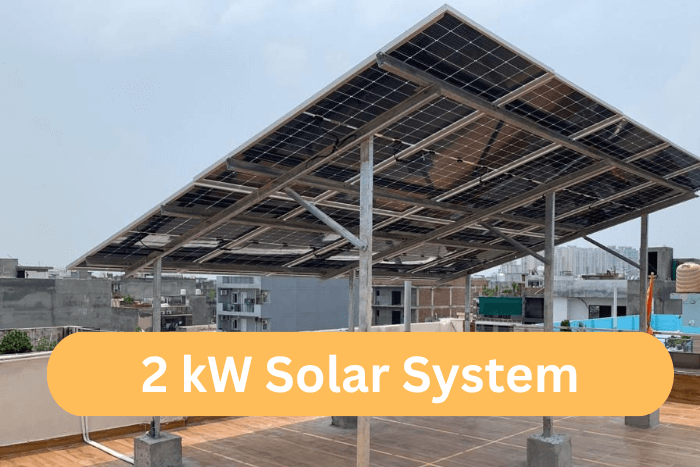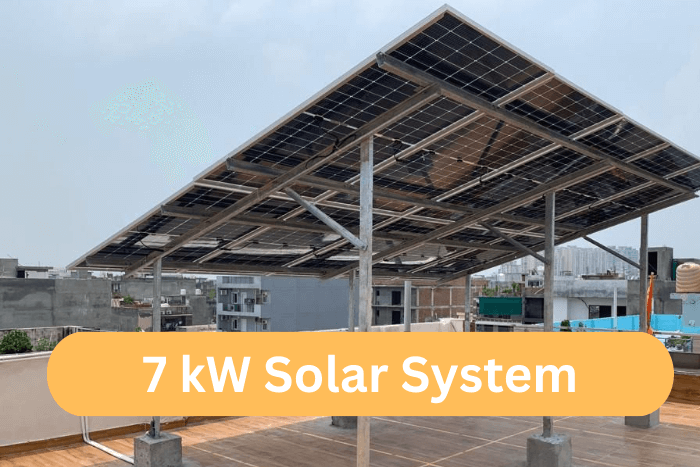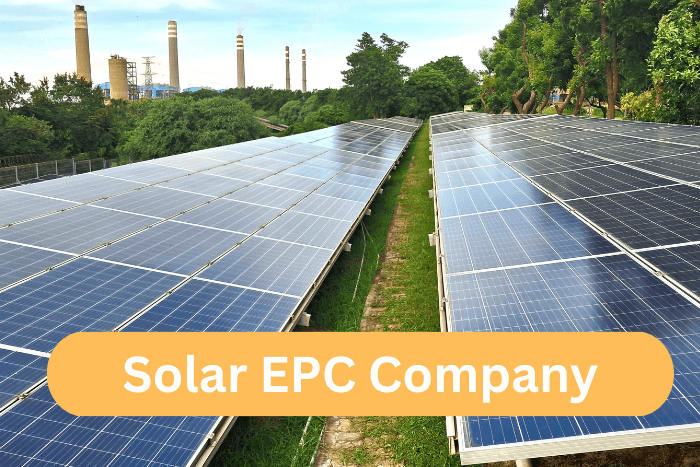Complete Expert Guide about Perovskite Solar Panels
Perovskite Solar Cells are widely preferred technology in the renewable sectors. Perovskite Solar Cells (PSCs) have massively revolutionized the solar energy industry. These involve varied challenges, including material sourcing issues, manufacturing bottlenecks, etc. Many companies have been investing significantly in perovskite solar panels for solar adoption. PSCs have been offering complete, promising solutions for varied attributes. These have the potential to deliver high-efficiency energy along with low production costs.
What is a Perovskite Solar Panels
Perovskites involve the family of materials showing the potential for higher performance. Lower production costs in solar cells also enable these. Perovskite is called the crystal structure, and these materials are utilized in energy technologies. It is developed in the form of catalysts and fuel cells.
Perovskite Solar Cells have been widely used in photovoltaic (PV) solar cells. These are highly called the “metal-halide perovskites.” It is also made with a combination of organic ions and halogens. Perovskites are also used in the varied types of oxygen instead of oxygen. These are used entirely for solar energy production.
How Does a PSC Work?
The working principle of perovskite solar cells will be based on the ability to convert sunlight into electricity. These use unique materials called perovskites. The perovskite solar cell extensively converts sunlight into electricity, creating a photovoltaic effect. The tandem perovskite solar panels use a thin layer of perovskite material called hybrid organic, inorganic lead. These are compounds used as a light-absorbing layer.
Perovskite solar panels generate electron-hole pairs when the sunlight hits the perovskite layer. These would extensively create the electric current. Charge carriers will be moved to the electrodes; thus, these would produce a wide range of electrical energy.
PSCs also provide an auspicious way of creating lower-cost attributes. These Perovskite Solar Cells also ease the manufacturing of solar panels. Photoconversion efficiency in the solar cells will be determined using three photovoltaic parameters: photocurrent, photovoltage, and fill factor.
Photovoltaic optimization will vary depending on the performance level. It requires the maximization of all three of these parameters.
How are perovskite solar technologies made?
Metal-halide perovskites are the absorbing materials in the perovskite solar cell. These are potentially inexpensive technologies made with a thin layer of perovskite-absorbing light. It would be exciting to see the charged particles called electrons.
These would quickly generate electric power with excited electrons. You can quickly check the perovskite solar panels price in India, along with other details, before installing these panels. Perovskite Solar Cells involve perovskite materials, material assembly, and cells. It can be performed on a finished product.
- Material creation:
The materials are made with Precursor salts, which form the perovskite ink solution. These materials will be deposited as the vapor with salts is not mixed even until deposited on the cells.
- Cell production:
These involve an ultra-thin layer of perovskite ink, which would be deposited on the base. Cells will be heated to set the film. There are also varied other materials deposited even before the perovskite layer. These layers would help directly with the flow of electrons. One of the biggest questions is, ‘How long do perovskite solar panels last?’. Perovskite solar cells can last more than 5 years, bringing more than 80% of its efficiency. The average lifespan will be about three years before degradation under natural conditions.
- Module completion:
The module can be created by adding challenges in the laser scribed. These are separated in the film across the individual cells. It is enabled with the electrical contact channels, which are scribed to the wire cells together. The Edge sealant, along with the encapsulant, can be enabled for weatherproofing.
Perovskite Solar Cells can absorb the colors of light. It is enabled by stacking Perovskite absorber layers on top of absorber layers like silicon. This results in the cell being theoretically more efficient than cells made of material alone. More than 90% of solar panels utilize silicon as a semiconductor. Silicon semiconductors are the best option for providing greater results in the modern day.








